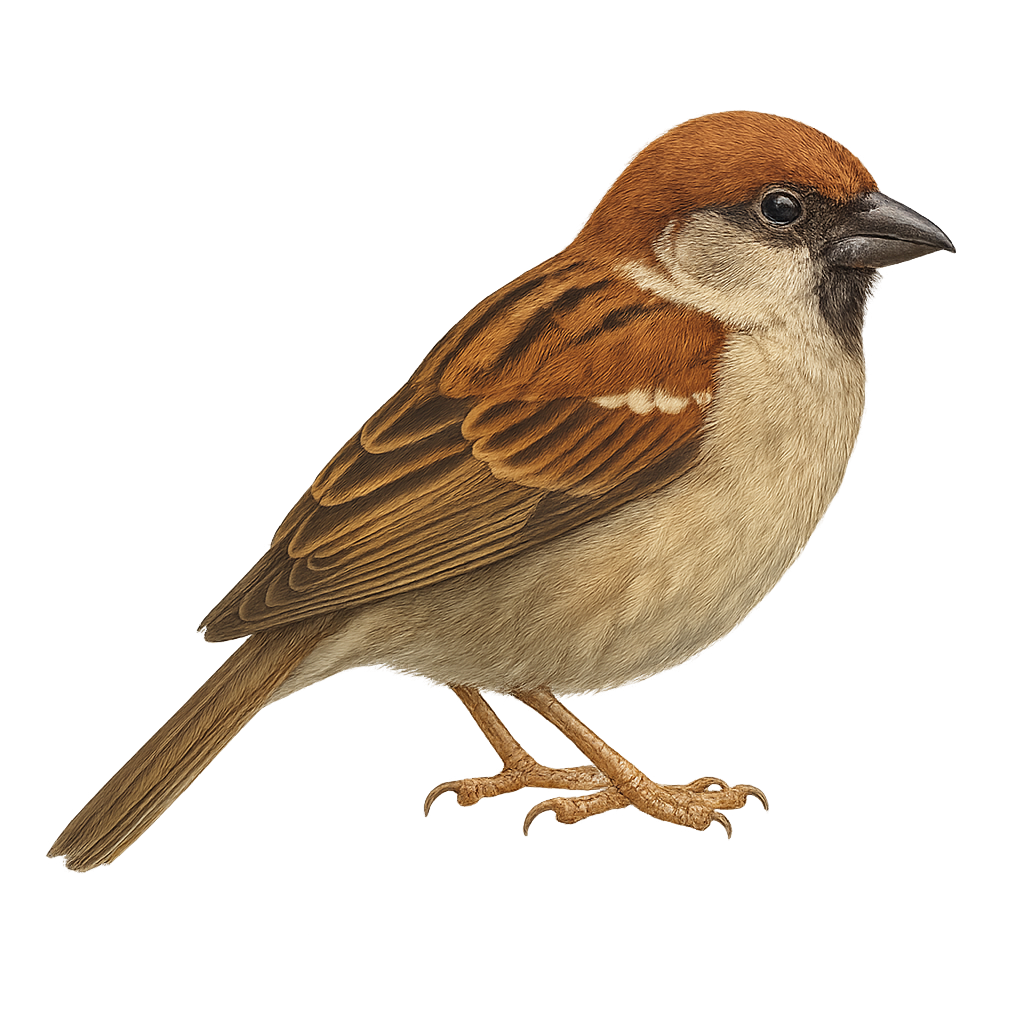Your wildlife photography guide.
Explore the russet sparrow in detail, study its behavior, prepare your shots.
Where to observe and photograph the russet sparrow in the wild
Learn where and when to spot the russet sparrow in the wild, how to identify the species based on distinctive features, and what natural environments it inhabits. The WildlifePhotographer app offers tailored photography tips that reflect the russet sparrow’s behavior, helping you capture better wildlife images. Explore the full species profile for key information including description, habitat, active periods, and approach techniques.
Russet Sparrow
Scientific name: Passer cinnamomeus

IUCN Status: Least Concern
Family: PASSERIDAE
Group: Birds
Sensitivity to human approach: Suspicious
Minimum approach distance: 10 m
Courtship display: July to August
Incubation: 12-14 jours
Hatchings: July to September
Habitat:
Forests, agricultural areas, gardens
Activity period :
Primarily active during the day, with peak activity in the morning and late afternoon.
Identification and description:
The Russet Sparrow, or Passer cinnamomeus, is a small passerine bird belonging to the family Passeridae. It is primarily found in Asia, especially in the mountainous regions of the Himalayas, southern China, and Japan. This sparrow is distinguished by its reddish-brown plumage on the back and wings, contrasting with a lighter belly. Males often sport a gray cap and a black throat, while females have duller colors. Adapted to rural and semi-urban areas, it thrives in human-modified environments. It primarily feeds on seeds, insects, and small fruits. Although its song is discreet, it is often seen in small groups, especially outside the breeding season.
Recommended lens:
400 mm – adjust based on distance, desired framing (portrait or habitat), and approach conditions.
Photography tips:
To photograph the Russet Sparrow, focus on early morning hours when the light is soft and bird activity is at its peak. Use a 400mm or longer telephoto lens to capture details without disturbing them. Be patient and observe their feeding habits to anticipate their movements. A tripod can be helpful to stabilize your camera, especially if using a long focal length. Try to blend into the environment to avoid scaring them, and use a remote shutter release to minimize movement.
The WildlifePhotographer App is coming soon!
Be the first to explore the best nature spots, track rutting seasons, log your observations, and observe more wildlife.
Already 1 432 wildlife lovers subscribed worldwide

